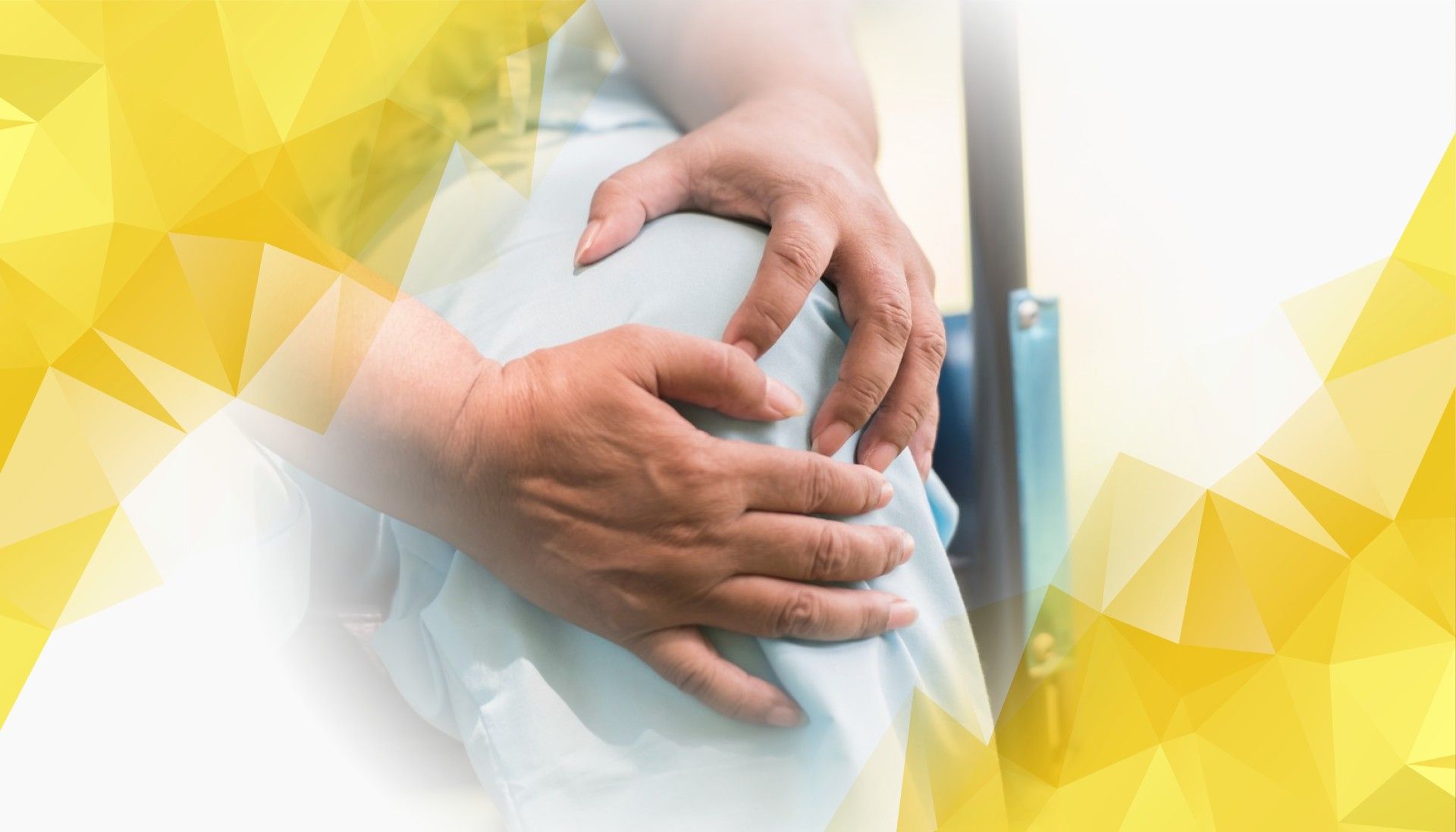Tag: MAI Motion
-

Taking Control of Knee Health at Home: How Your Phone Camera Can Help Monitor Movement
Introduction: The New Era of At-Home Knee Health Keeping an eye on your health from the comfort of home is more achievable than ever, and your knees are no exception. Modern technology now allows you to monitor knee health using …
-

Revitalising Ageing Knees: How MAI Motion Offers a New Approach to Osteoarthritis Care
Introduction: The Challenge of Ageing Knees and Osteoarthritis As we age, our knees can become stiff, sore, and less mobile—often due to osteoarthritis , a condition where the protective cartilage inside the joint gradually wears down. Keeping your knees moving …
-

Harnessing Markerless Digital Motion Capture: The Science Behind MAI Motion’s Lean Sit-to-Stand Protocol for Clinical Biomechanics
Introduction: Combining Precision with Practicality in Motion Analysis Understanding how our lower limbs move is essential for diagnosing and treating musculoskeletal conditions . MAI Motion is an innovative markerless digital platform designed to capture detailed insights into our movements during …
-

Empowering Recovery: How MAI Motion Prehab is Transforming Knee Surgery Preparation
Knee surgery is often a vital step toward restoring mobility and improving your quality of life. Yet, the path to a successful recovery doesn’t begin on the day of your operation—it starts long before you enter the operating room. This …
-

Enhancing Knee Support in Osteoarthritis: How Closed-Chain Strength Training and MAI Motion Technology Are Changing the Game
Introduction Knee osteoarthritis is a widespread condition that leads to pain, stiffness, and difficulty with daily activities. One of the most effective ways to manage osteoarthritis symptoms is by strengthening the muscles that support the knee —especially the quadriceps (front …
-

Precision Detection: How MAI Motion Unveils Early Biomarkers of Movement Disorders
Introduction Early detection of movement disorders can make a huge difference in how patients manage their condition and respond to treatment. Thanks to rapid advances in technology, new tools are making this early diagnosis easier, faster, and far less invasive …
